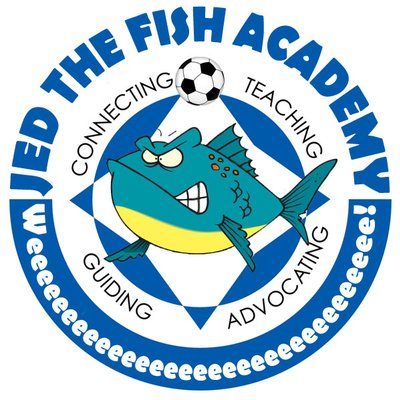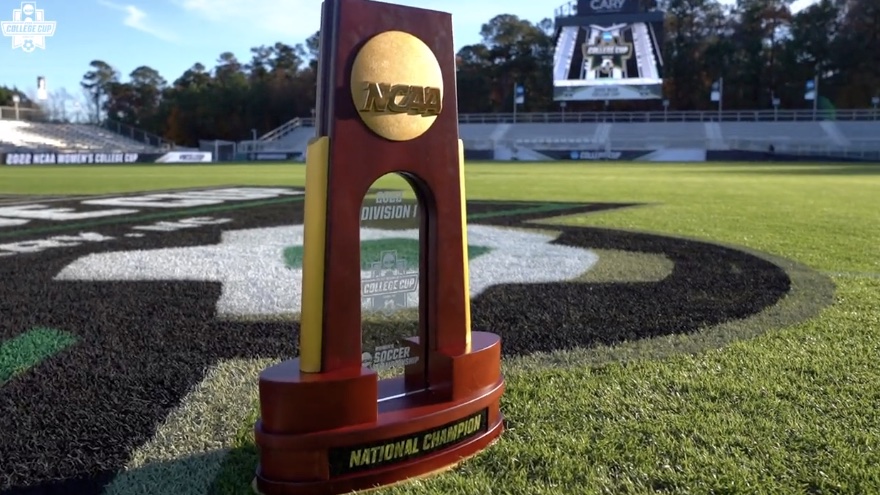After 20+ years of working in the club soccer recruiting industry, and becoming friends with hundreds of NCAA Division I college coaches during that time, the fallout from the upcoming House v. NCAA lawsuit will easily be the most groundbreaking shift I’ve ever seen hit the recruiting landscape.
While the exact details have not been decided by the judge of this lawsuit, and while those details will most likely not be completely decided on and become public knowledge until after this fall sports season, here is a ‘high level’ review of what we know so far:
The NCAA decided to settle this lawsuit and will be giving out $2.8 BILLION over the next 10 years to college athletes who did not have an opportunity to receive NIL (Name, Image, Likeness) money from the years 2016-2021. The reason for these specific years being awarded in the lawsuit has to do with the statute of limitations on such a lawsuit.
Based on this settlement and the subsequent requirement for the NCAA to pay that $2.8 billion over the 10 years POWER 4 CONFERENCE schools and programs will start REQUIRED REVENUE SHARING, where each school will be given a set amount of money to use for ALL RECRUITING RELATED EXPENSES, including ATHLETIC SCHOLARSHIP MONEY. The identical amount that each school receives can be split up among their different sports any way each individual athletic department decides to, which alone will cause massive chaos and uncertainty in terms of recruiting each year, starting with the 2026 class.
There is a rumored revenue sharing total already out there for the 2026 class, but until the judge decides on the details, it is just that: a guess. So if you see social media accounts or websites claiming they know this total (which will affect future roster sizes of different sports), ignore it. No one knows the exact total yet.
While most Power 4 Conference schools will obviously use the majority of their revenue sharing annual total for the biggest, most revenue-generating sports (football and basketball), it will vary wildly from school-to-school. Some coaches have even told me in private that multiple sports programs at certain schools will simply be completely cut. Obviously, the sports that generate the least amount of revenue will be the first to be abolished.
For women’s sports, because of the current Title IX laws in place, they will NOT be abolished. However, there are also rumors of different states discussing possibly trying to remove those Title IX laws, amid the fallout from this court case.
In the end, based on what college coaches and Athletic Departments know RIGHT NOW, MOST are trying to plan ahead and hoping to STAY AHEAD of these upcoming changes, but the ONE thing that every single college coach from across the entire U.S. has told me privately already, is that ALL POWER 4 CONFERENCE SCHOOLS WILL NEED TO CUT THEIR ROSTER DRASTICALLY AFTER THIS FALL SEASON in order to survive the fallout of the lawsuit.
(Click here to read Part 2 of recruiting expert Jerry Penkala’s analysis, with more details on how college soccer rosters are expected to be affected.)








